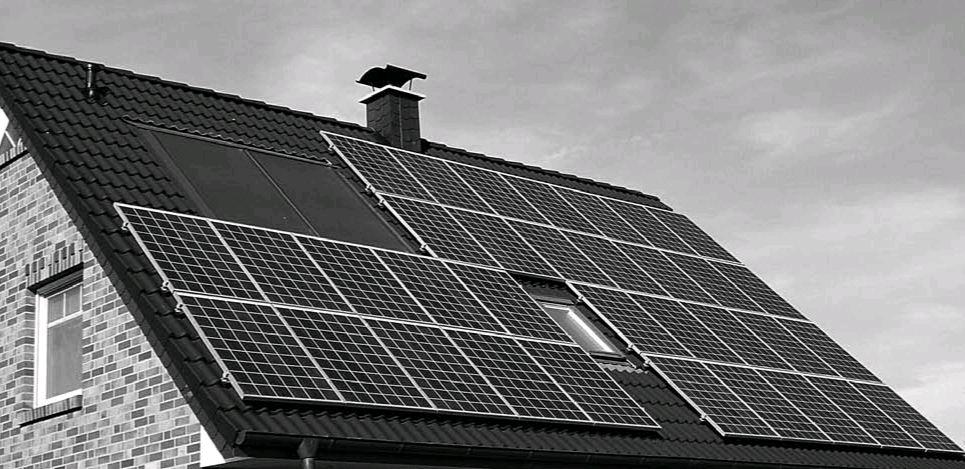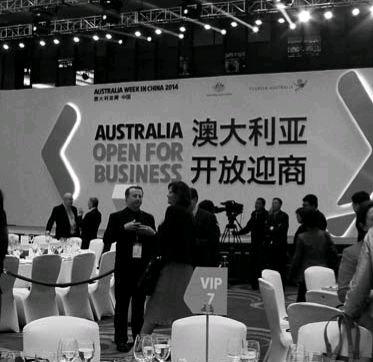Australia to promote clean energy
2014-08-14
An 80-year rehabilitation center in Sydney, Australia just had new solar panels installed on its roof. It is the 18th place with solar power in Sydney, a representatativc case of this citys embrace of the solar polar
It is a part of the Australian largest roof-top solar panel project the Sydney government is promoting right now. On the top of the roof of this rehabilitation center, there are 222 brand new solar panels installed, covering 362.65-sqm area of the roof. Annually it could provide the electric power of 82215 kilowatt with the reduction of carbon emission by 87 tons.
Clover Moore, Lord Mayor of Sydney, said that the governments engagement in the solar power could reduce the carbon emission by 3000 tons per year. It will be an important basis for Sydney to develop the clean energy. The new solar panels installed on the rehabilitation centers roof proved that even the old buildings in the city could accommodate the low-carbon technologies.
Moore also added that the traditional coal-based electricity generation is the main source of CO2 in the city as the thermo power plants contribute 80% of the total carbon emission. With solar panels, the emission of CO2 could be reduced to the minimal level.
The government of Sydney is going to reduce the carbon emission in the downtown area of Sydney by 70% in 2030. In order to reach this goal, the clean energy will play an important role. Sydney is going to save as much energy as possible in buildings, parks, swimming pools and streets.
It is known that the 50% of the solar power project of Sydney government has been completed as 2050 solar panels have been installed on the roof of 18 sites in this city. These solar panels can generate 2 million kilowatt of electric power and reduce the carbon emission by 2073 tons annually.
Australia does not want mega cities
Melbourne is the capital city of Victoria in the eastern part of Australia and the second largest city in this country. By the end of 2011, Victorias population hit 5.6 million, 3/4 of whom lived in Melbourne. In the past ten years, Melbourne accommodated 86% of the newly added residents of Victoria. The city is expected to replace Sydney as the most populated city in Australia by 2050.
The growing population has brought a lot of stress to Australia. On one hand, the traffic system and other infrastructural facilities are hard to meet the demand of increasing population. For example, people might see queues of cars extending thousands of meters on the expressways during the rush hour. On the other hand, the housing price in the urban area kept surging, making houses unaffordable for many people. Ann, who is working with Royal Melbourne Institute of Technology, said that she once found a good single-room apartment in the city, but the weekly rent amounted to 750 Australian dollars, which was beyond her affordability. So she has to give up.endprint
In addition, the increasing population also brought about additional cost in the waste disposal, resource and energy consumption.
In order to release Melbourne from the huge burden of population, Victoria issued a Plan for Melbourne, dividing the entire state, except Melbourne, into eight regions and set up one or several core cities for each region. The state government is then to increase the investment into the infrastructure and housing construction in these cities and develop the traffic network between these two cities, hoping to reduce the gap between these cities and Melbourne. Then, these cities can attract some people from Melbourne and save the capital city from the population burden.
According to the plan, the eight regions will play different roles in the entire state. They are to be supported by other cities or towns in the regions. Advanced traffic system will connect these cities and regions. Meanwhile, in order to exert the spontaneous advantages of each region to the best, Victorian government made detailed plans about the development of each region. For example, the Greater Southern Coastline established the agriculture, recyclable resources and tourism as the main industry; the Northeastern Region has established the fruits and wine, as well as steel and textile, as its pillar industries.
As an important part of the Plan for Melbourne, the Victorian government is also trying to build a “20-minute life circle”, meaning that every citizen in Melbourne can arrive at a shop, park, school, office and other community service sites from his/her home in twenty minites.
Matthew Guy, Minister of Traffic, Planning and Infrastructure in Victoria, said that the plan drew out a clear blueprint. It plans to make peoples life easier through building a better traffic network, recruiting investment and creating jobs.
Australia welcomes more Chinese investment
In the second minister dialogue between China and Australia held on June 20, Joe Hockey, Trade Minister of Australia, said that Australians would open arms to Chinese state-owned enterprisesinvestment into the grid, port and other state-owned assets of Australia.
The assets he spoke of are a part of Tony Abbotts project of privatizing Aus$100-billion state-owned assets.
China once complained that Australian government required all deals involving the state-owned enterprises to be subject to the review of Committee for Foreign Investment Review. However, as a signal for the deepening economic bond between the two countries, the Australian government promised Beijing that all enterprises from China were to be treated equally with smile.endprint
“We open the door to the world, including the state-owned enterprises from China. The deals I approved in the past nine months have already shown it. The largest overseas investment State Grid from China ever made happened in Australia,” Joe Hockey said.
From 2005, the investment from China into Australia increased tenfold to US$57.2 billion. Australia has become the second largest investment destination of China next to the U.S. Since the Chinese government sees the gaining of coal and iron ores as the primary task for economic growth, the Australian mineral industry is always the biggest receiver of Chinese investment.
However, as the frenzy of investment into Australian minerals gradually faded, the investment from China into Australia dropped 10% to US$9.15 billion in 2013. In comparison, the total overseas investment of China increased by 16% to US$90.1 billion.
Jeffrey Wilson, a researcher with Asian Research Center at Murdoch University, said: “The truth is that China made little investment into Australia other than minerals. For China, the obstacle is that its state-owned enterprises must be subject to the reviews of Australian government.”
The Chinese government has been asking for the Aus$1-billion minimsl amount of investment or acquisition deals that activitates the governments examination and review. The U.S. enterprises are now treated in that way, while for the investment from China, the deal with the value higher than Aus$248 million needs to be reviewed by the Australian government.
Joe Hockey said in the aforementioned dialogue that this problem is going to be solve in the following free trade negotiation between China and Australia. “China is actively involved in the negotiation. We are looking forward to some progress after eight years stagnancy in that field.”endprint
